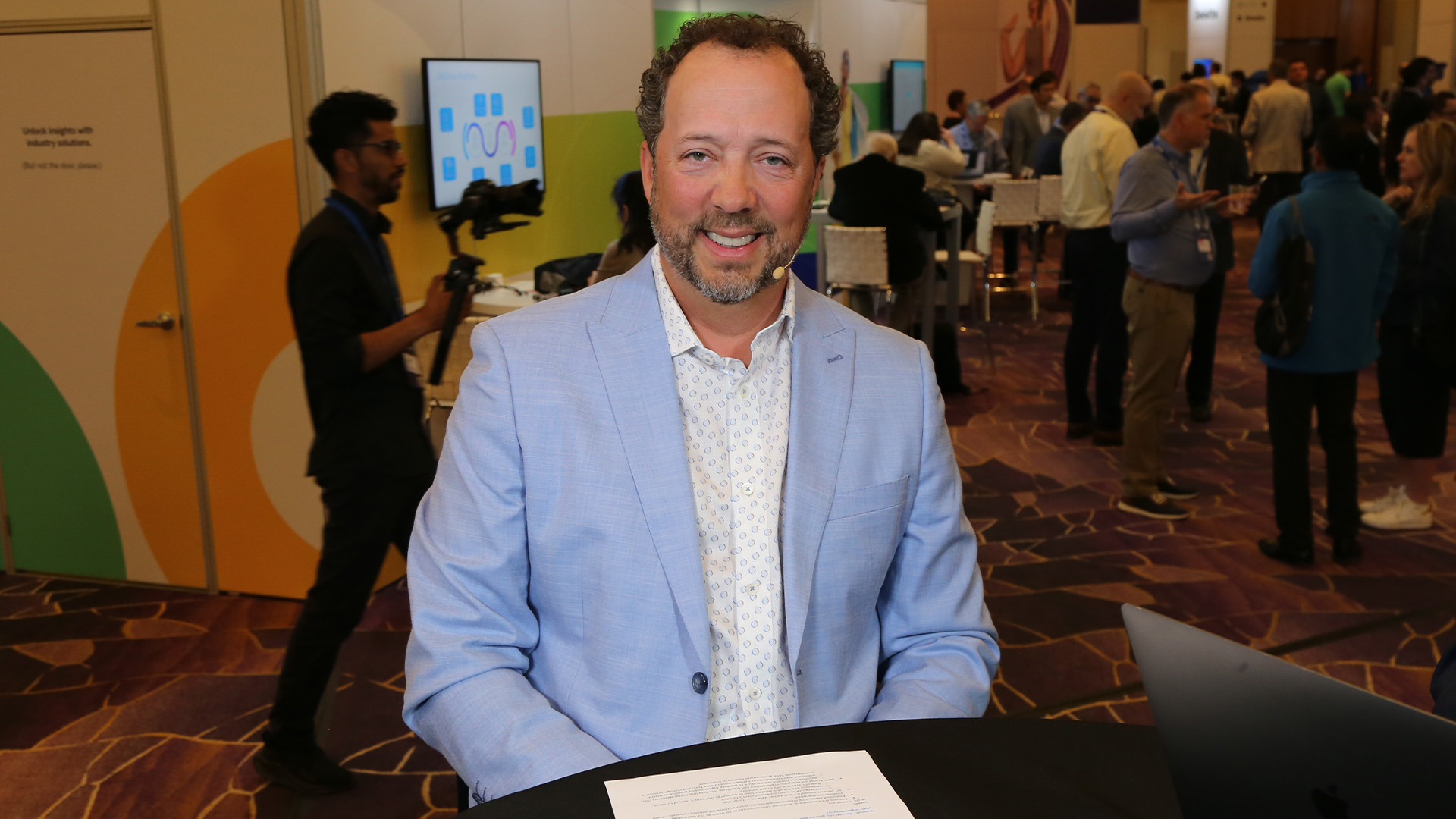 INFRA
INFRA
 INFRA
INFRA
 INFRA
INFRA
As awareness of global warming and climate change grows, the use of advanced technologies — such as artificial intelligence and the internet of things — has become crucial for sustainability. This has accelerated the need for IoT sensors.
To reduce the carbon footprint, minimize rising costs, slash energy usage and propel time to value, SAS Institute Inc. offers a Microsoft Azure-powered solution called Energy Cost Optimization that merges IoT and process data, according to Jason Mann (pictured), vice president of internet of things at SAS.
“We’re starting to see exponential interest around sustainability, and the goal is to leverage this vast network of sensors that are in place and then apply that to the efforts to reduce power consumption,” Mann said. “SAS has a solution called Energy Cost Optimization, and it’s focused primarily in providing insight to the energy utilization across the processes within the company.”
Mann spoke with theCUBE Research’s executive analyst John Furrier and chief analyst Dave Vellante at SAS Innovate, during an exclusive broadcast on theCUBE, SiliconANGLE Media’s livestreaming studio. They discussed how SAS is accelerating sustainability efforts through approaches, such as Energy Cost Optimization, that incorporate IoT sensors. (* Disclosure below.)
Since slashing energy consumption is top of mind for companies, SAS eliminates any guesswork through prebuilt analytic models and IoT sensors. The company is helping Wienerberger AG with its energy usage needs through mathematically optimized insights and IoT connectivity, according to Mann.
“We have a customer that’s one of the largest brick manufacturers in the world based in Austria, Wienerberger,” he said. “One of their hurdles is to move these types of projects out of POC land. What we have is an experience with them over the last year to where they were seeing, just in the pilot, about 9% overall reduction in their energy costs. We’re able to work with them to deploy it into the first couple of factories, distributed across the end process, and they actually realize about 15% cost reduction.”
To drive sustainability efforts a notch higher, deploying cutting-edge technologies such as generative AI is critical. This is because gen AI comes in handy in delving deeper into operations by introducing the conversation element, Mann pointed out.
“I think one of the big advancements as we start to talk about topics like generative AI, you start to expand the engagement of analytics and the outcome that analytics can provide to a much broader population,” he said. “Where we’re seeing the most advancement is doing that translation of what had historically been a quite deep dive into assessment of process to something that’s conversational. What is my biggest area of concern on line three? Where are we seeing the most areas of failure in operation B?”
Here’s the complete video interview, part of SiliconANGLE’s and theCUBE Research’s coverage of SAS Innovate:
(* Disclosure: SAS Institute Inc. sponsored this segment of theCUBE. Neither SAS nor other sponsors have editorial control over content on theCUBE or SiliconANGLE.)
THANK YOU